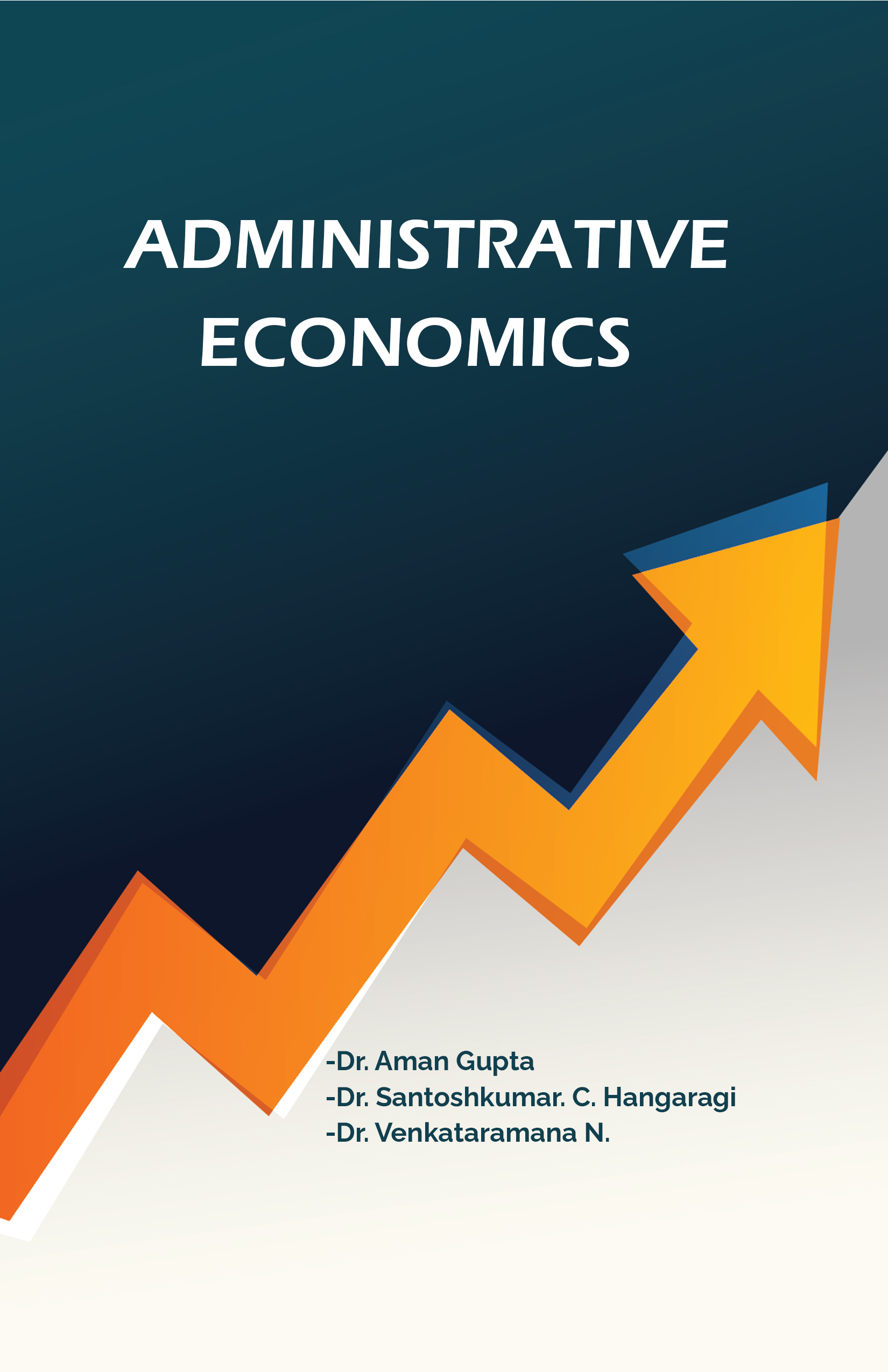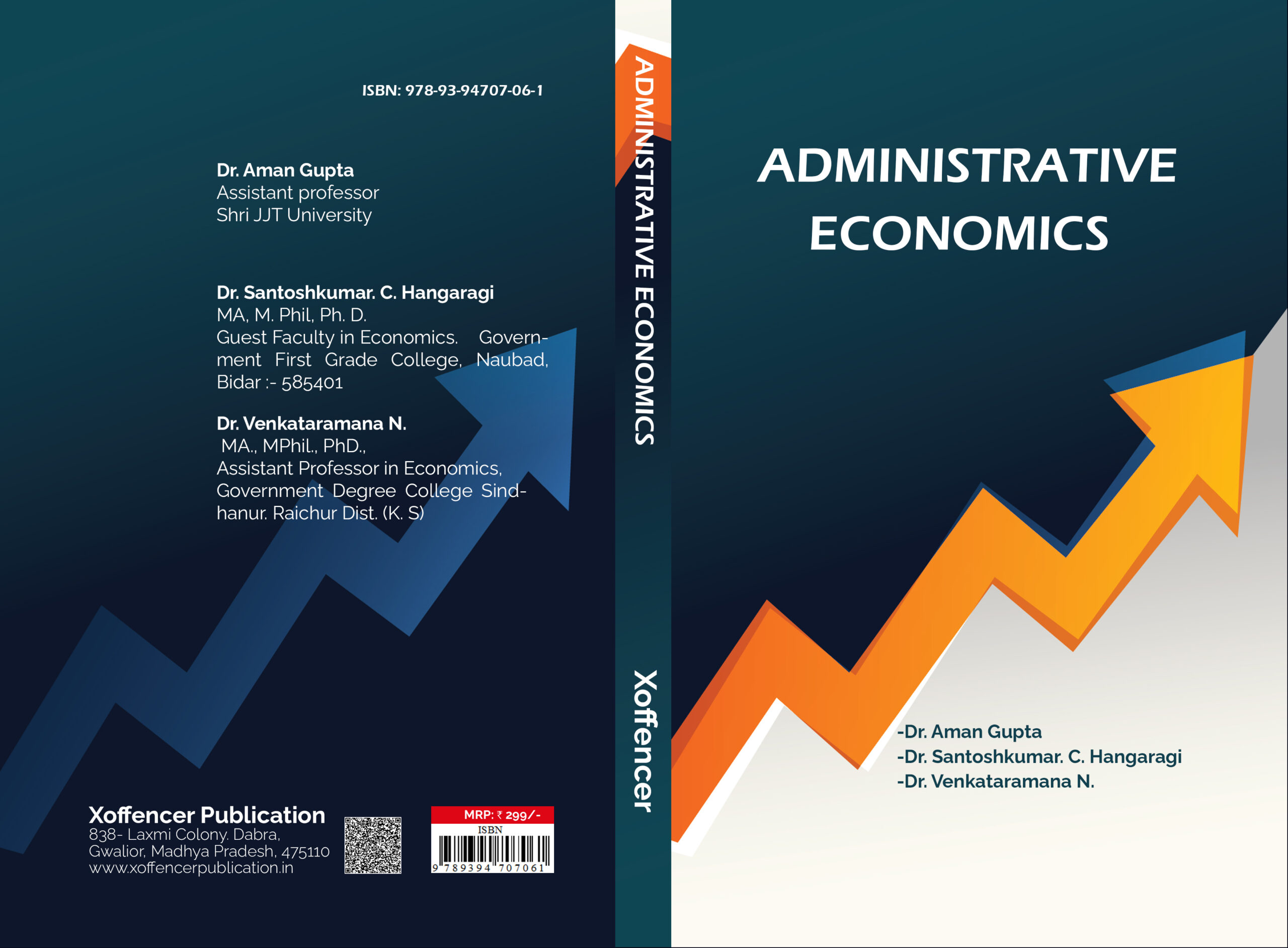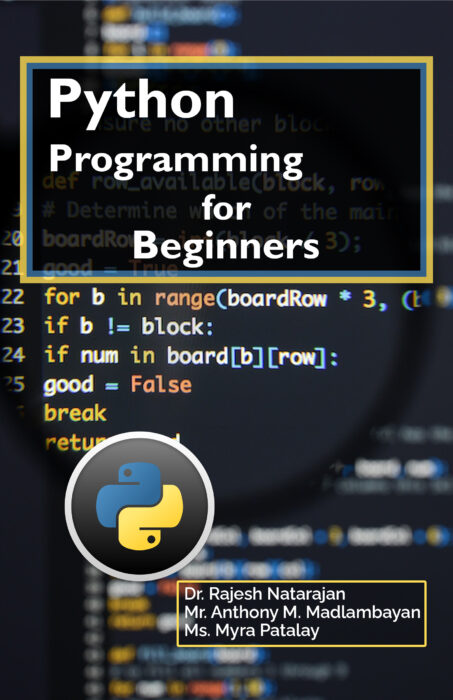Description
According to this study, the process of formulating economic policy at the sub-national level has grown more complicated and competitive, which has put additional on on regional authorities to devise economic policy initiatives that are consistent with one another. This book discusses important politico-economic concerns that come up throughout the process of generating strategic guidelines for an area’s economic strategy. These issues occur during the process of creating strategic guidelines. Important functions of economic policy guidelines are discussed in this article. These functions include supplying a coherent framework for focusing regional economic policy strategies in a medium-term perspective and supplying regional politicians with a means of political marketing. Both of these functions are important in ensuring that economic policy strategies are effective. On the basis of Stiglitz’s work, the organisational structure of the procedure for formulating policy guidelines is brought into focus here (1998). The study makes reference to an institutional setting that is founded on reaching a consensus as well as the three different sorts of roles that economic policy experts can play in the process. Analyses are performed to determine how the result of the strategy process is affected by the amount of various interest groups that are engaged in the process. On the one hand, there is a correlation between the acceptability and legitimation of the rules and the degree to which they are focused, but on the other hand, there is a trade-off between these two factors. The relevance of this trade-off can be mitigated with the use of a straightforward tool that has been developed. It is based on a careful structuring of the contents and policy fields that are to be addressed by the economic policy guidelines and in the process of generating these guidelines. The careful structuring of these contents and policy fields is what gives it its foundation. In the concluding section, certain inferences are drawn regarding the part that public employees play in the process of formulating the strategic guidelines that govern economic policy. The field of socioeconomic administration is one that may be used not only to the improvement of the lives of individuals who are members of underprivileged and disadvantaged groups in society, but also to the improvement of the community, the region, the state, and the nation as a whole. A socioeconomic administration is a comprehensive concept that takes into consideration the management of areas such as educational and training institutions, employment opportunities, information technology, building energy and industry, means of transportation, communications, water and the environment, medical and healthcare facilities, agricultural and industrial sector.









Reviews
There are no reviews yet.